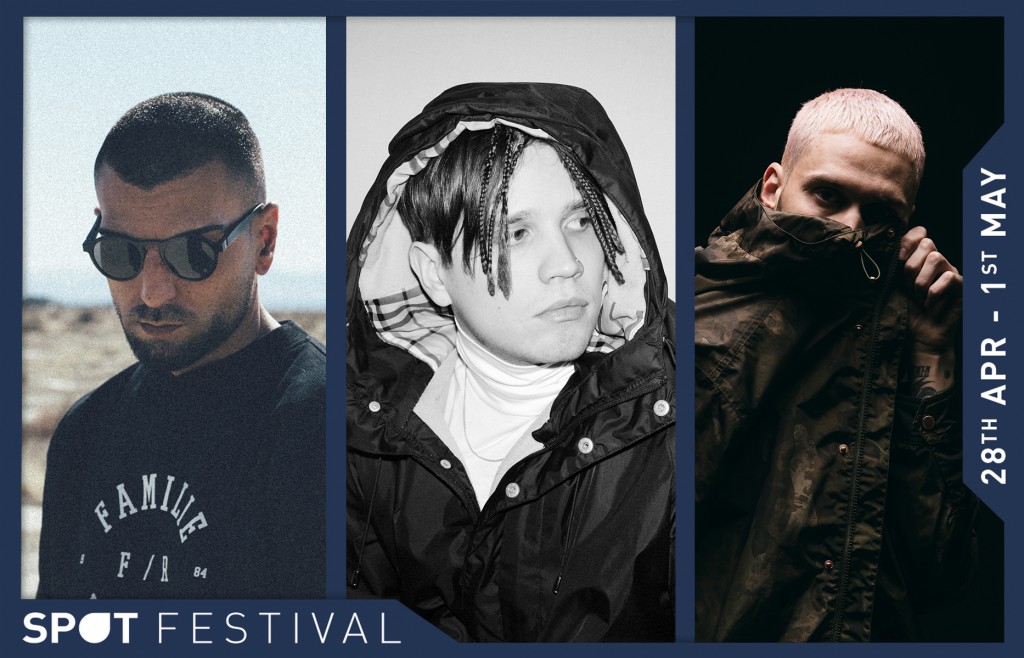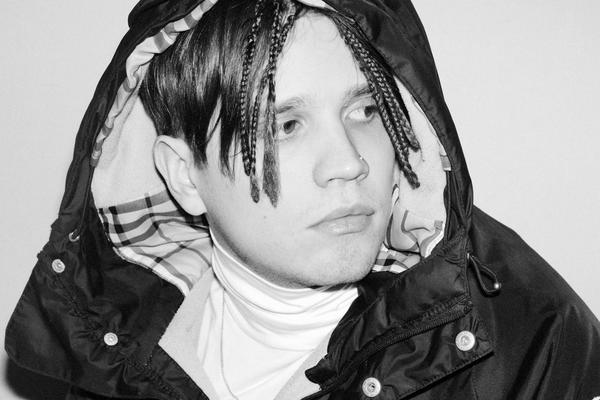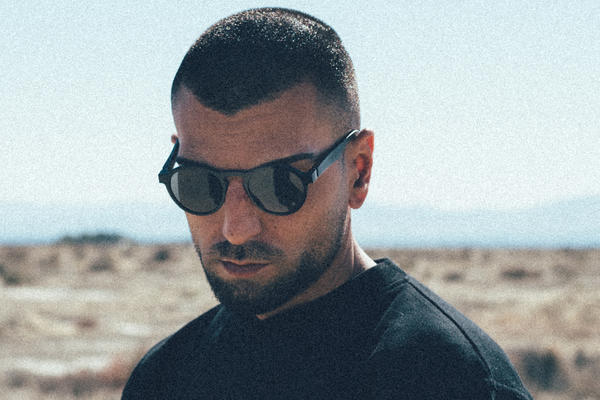They are described as the Nordic ’’rap crooners’’ and a ’’Nordic-noir’’-version of American artists such as Young Thug and Fetty Wap.
Danish S!VAS, Swedish LORENTZ and Norwegian UNGE FERRARI are all talented artists on the growing urban scenes in the north. At SPOT16 they can be experienced at the same festival.
We had a chat with three music journalists, who each in their own way work with the urban scene in Denmark, Sweden or Norway. They gave their take on why these three artists are so successful.
S!VAS AND DENMARK
Pelle Peter is a radio host and music journalist at the programme ‘Lågsus’ on DR P3, which focuses on hip hop and r’n’b.
LORENTZ AND SWEDEN
Andreas Bäckman is editorial assistant at one of Sweden’s biggest music magazines, Gaffa, which covers most of the Swedish and international music scene.
UNGE FERRARI AND NORWAY
Ali Soufi is a Norwegian radio host and music journalist at NRK P3 covering the American and Norwegian r’n’b and hip hop scene.
How big is the urban genre on the Danish music scene at the moment?
PELLE PETER: Exactly as big as it deserves to be. And that is quite big.
A lot of the most interesting things on the Danish music scene in the last couple of years have had a starting point in genres such as hip hop, dancehall, trap, R’n’B and everything in-between.
There is a huge group of songwriters, producers and artist who are brilliant at creating music. They experiment and also maintain a certain quality so the music reaches a wide audience. So of course urban music is enjoying a serious hype – and it is very justified.
How big is the urban genre on the Swedish music scene at the moment?
ANDREAS BÄCKMAN: The so-called urban scene in Sweden is currently quite big and it is still growing.
It is especially artists from Stockholm that dominate the genre.
Particularly the festivals have embraced the genre and proudly promote the big acts on posters and flyers, which has helped the scene grow and become more mainstream.
How big is the urban genre on the Norwegian music scene at the moment?
ALI SOUFI: It is growing rapidly. Arif, Unge Ferrari, Lars Vaular, Karpe Diem, Miss Tatzi, Izabell. New names keep on coming and the urban artists get more and more radio airplay as well as festival bookings.
What influence/status does S!VAS have on the urban scene in Denmark?
PELLE PETER: S!VAS was one of the first to Danify the heavy South Coast sound, so that it almost seemed like a diet product. A kind of Nordic-noir version of the heavy, bombastic and auto tuned sound. A sound which has conquered a big part of the radio waves in America, thanks to Future and Young Thug.
However, it is not just a bad copy. It is the exact opposite. He has taken the aesthetic and added a lot of himself, and thus, he has created a unique sound and voice in Denmark.
And it has had a huge influence on how the generation after him creates music. Both his vocal productions and Reza’s beats. The EP ‘D.A.U.D.A.’’ is a huge milestone, both as inspiration for many other rappers, but also as evidence for the established companies and media, that this sound has come to stay.
What influence/status does Lorentz have on the urban scene in Sweden?
ANDREAS BÄCKMAN: Lorentz’s imprint on the scene is huge.
He helped modernize and make it more accessible by successfully blending several elements into the music.
He is the one you must know. He is the artist you want to work with. He is kind of a key figure in this genre, even though he has not really been a part of it for so long.
What influence/status does Unge Ferrari have on the urban scene in Norway?
ALI SOUFI: Right now he is the Norwegian artist who replicates the American urban music the best.
To say that he is an influence is maybe a bit much, but he is definitely making a name for himself.
In your opinion what is the reason for S!VAS’s success in Denmark? What is he good at?
PELLE PETER: He is an absolute superstar. He has the sound, the look, charisma and a form of communication that is extremely convincing and not to be mistaken. Everything is thought out and S!VAS has managed to build up an entire universe. It is not just a couple of songs; it is an aesthetic, a sound, a language, a style. And when you first catch the drift, it is hard not to be drawn to it. Like other Danish artists Suspekt, Malk de Koijn and Cheff have done before him.
And then it is all based on a solid base of really great music.
In your opinion what is the reason for Lorentz’s success in Sweden? What is he good at?
ANDREAS BÄCKMAN: Specifically, it has to do with his success in mixing everything from r’n’b, hip hop and pop to e.g. Euro disco.
To that you add a good portion auto tune, reverberation and echo. The result is a modern artist that floats freely between genres, and with his texts filled with everyday stuff and pop-cultural references he speaks to both the mainstream pop listener as well as the hip hop lover.
He is an artist of his generation.
In your opinion what is the reason for Unge Ferrari’s success in Norway? What is he good at?
ALI SOUFI: Unge Ferrari has had the guts to do a very un-Norwegian thing, namely to work with all-American music with a Norwegian twist: Rap crooning resembling Young Thug/Fetty Wap in his mother tongue.
Identifiable lyrics about longing and desire usually stick when delivered by Unge Ferrari.





